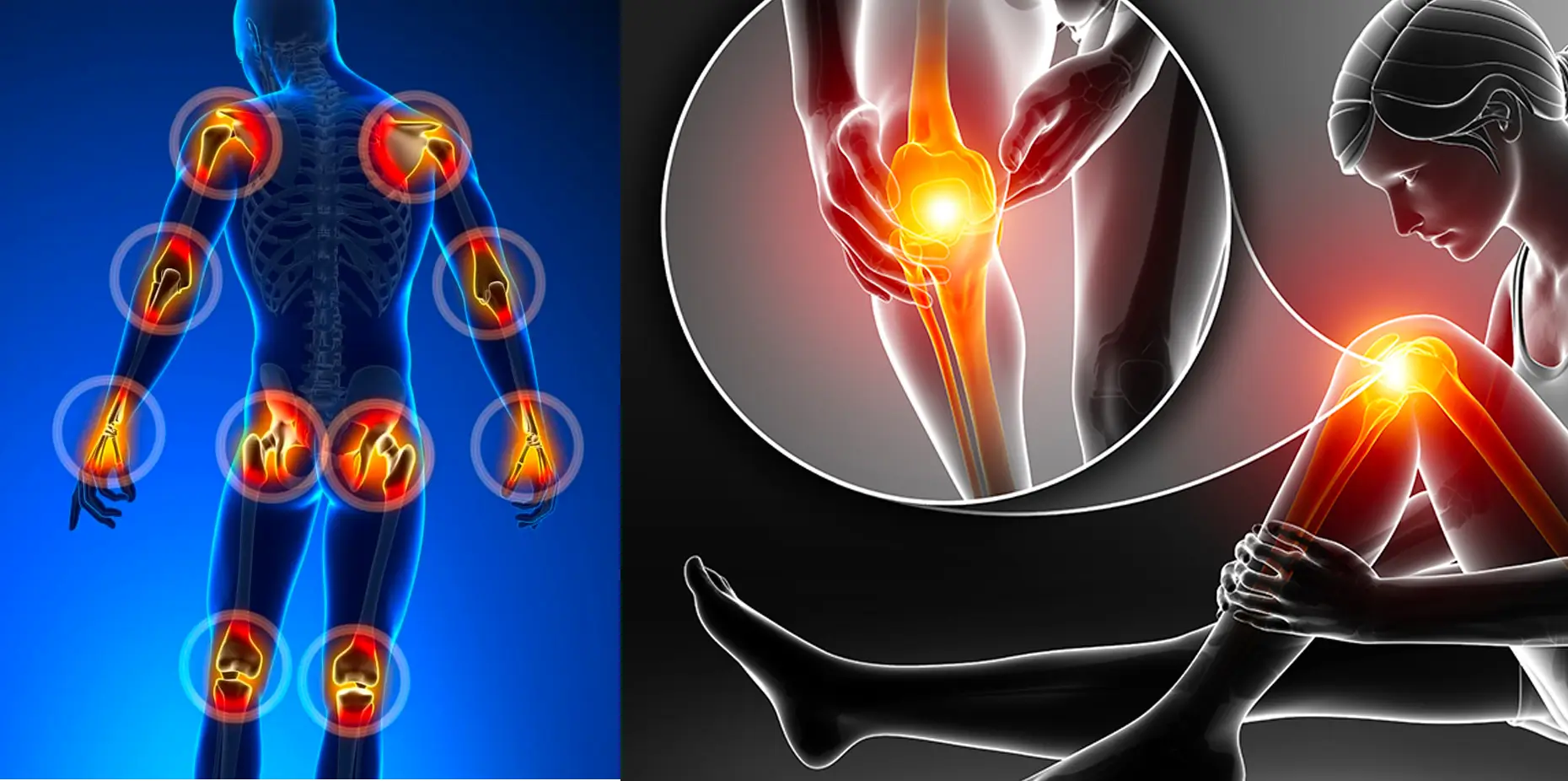
Pain is something we all experience, but not all pain is created equal. Some pain comes on suddenly and fades with time, while other pain lingers, affecting your daily life. Understanding the difference between acute and chronic pain is essential to getting the right treatment and improving your quality of life.
In this post, we’ll explore the types of pain ( Including, Nociceptive vs Neuropathic Pain and Somatic vs Visceral Pain ), duration, causes, how to manage each type, and when to seek help. Whether you’re recovering from an injury or dealing with long-term discomfort, this guide will help you make informed decisions and introduce helpful products that can support your journey.
What Is Acute Pain?
Acute pain is short-term and usually linked to a specific event, such as an injury or medical procedure. It’s your body’s natural response to harm and serves as a warning sign to protect you from further damage.
Common Causes of Acute Pain:
- Sprains or strains
- Burns, cuts, or bruises
- Surgical recovery
- Dental issues
- Infections or inflammation
Acute pain usually resolves as the underlying cause heals, often within a few days to a few weeks.
💡 Quick Tip: Simple remedies like turmeric capsules or OTC pain relievers can provide fast, natural relief for short-term pain.
What Is Chronic Pain?
Chronic pain is ongoing and typically lasts longer than three months. It may begin as acute pain but persists beyond normal healing time. It can also develop without a clear cause.
Common Causes of Chronic Pain:
- Arthritis and joint disorders
- Nerve damage or neuropathy
- Back pain
- Fibromyalgia
- Autoimmune diseases
Chronic pain management often requires a mix of treatments such as physical therapy, lifestyle changes, and in some cases, medication.
🛒 Recommended Tool: Infrared heating pads or TENS therapy devices offer drug-free pain management for long-term sufferers.

Comfytemp Wrist Ice Pack Wrap for Carpal Tunnel Relief, 2 Gel Packs, FSA HSA Eligible, Hot Cold Compression Brace for Hand Injuries Reusable, Achilles Tendonitis, Tenosynovitis, Men Women Surgery Gift
Acute vs Chronic Pain: Key Differences
Understanding the core difference between acute pain vs chronic pain is crucial for effective treatment. Here’s a simple breakdown:
| Category | Acute Pain | Chronic Pain |
|---|---|---|
| Onset | Sudden and sharp | Gradual or ongoing |
| Duration | Short-term (less than 3 months) | Long-term (more than 3 months) |
| Cause | Identifiable event or injury | Ongoing conditions or unknown |
| Treatment Goal | Cure and recovery | Management and relief |
| Emotional Impact | Temporary discomfort | May lead to anxiety or depression |
Both types may feel intense, but their treatment paths are different. Acute pain often responds quickly to care, while chronic pain may require ongoing management.
Getting a Proper Diagnosis Matters
Misjudging chronic pain vs acute pain can delay effective treatment. If your pain lasts longer than expected or keeps coming back, consult a healthcare provider. Proper diagnosis helps avoid unnecessary suffering and starts the right care plan sooner.

Affiliate Pick: For ongoing support, consider using ergonomic seat cushions or adjustable posture braces that reduce pressure and support recovery.

Kids Foot Spa & Nail Kit Set, Kids Spa Day Kit for Girls, Massage Foot Soak Tub and Nail Dryer, Manicure Pedicure Art Salon Girl Gift for 5-12, Christmas Birthday Gifts
How to Manage Each Type of Pain
Managing Acute Pain:
- Rest and limited movement
- Ice or heat therapy
- Short-term medication
- Follow doctor’s instructions
Managing Chronic Pain:
- Stretching and low-impact exercise
- Pain management therapy
- Anti-inflammatory diet
- Meditation or stress relief practices
Many chronic pain patients find comfort in mindfulness practices, along with using products like CBD topicals or compression wear.
Final Thoughts
The difference between acute and chronic pain lies in more than just time. Acute pain is a warning, often associated with injury or illness, and typically resolves with treatment. Chronic pain is more complex, often without a clear cause, and requires long-term care strategies.
Understanding your pain helps you take control. Whether you’re dealing with a sudden injury or navigating years of discomfort, you don’t have to do it alone. The right information and tools can make all the difference.












